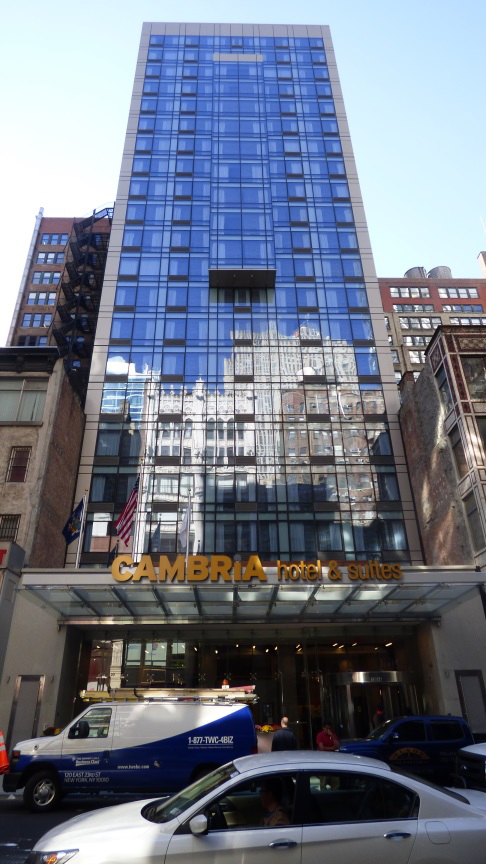News:
Green Buildings
Posted: August 27, 2012
Demand response programs a better way to go green/earn green
Conserving electricity may help you do more than just going green—it could help you save a little green, too. More utility companies offer demand response programs to reward businesses that lower energy use during times when demand is high.
The programs reduce the amount of power that utilities have to purchase, and in turn, they pay back consumers with cash or other perks.
How Do Demand Response Programs Work?
Utility companies typically offer financial incentives to those enrolled. Some provide credits, while others offer more energy-efficient thermostats and other appliances.
Here's how it works: A utility provider pays customers a monthly or yearly fee to install a radio-controlled device on outside air conditioning units, which they can then turn off at intervals of peak demand. These automated systems detect when energy is in high usage, then lowers voltage without cutting power altogether.
Not all demand response programs require an automated system—some businesses enrolled in these programs lower their usage and receive kickbacks from the utility company based on kilowatts reduced. Most companies base enrollment on existing usage and have different programs to meet the individual business' usage capacities. As a result of lowering voltage during peak usage, lights go dimmer for a while, motors may run slower or hot water heaters take longer to reach intended temperatures.
The Benefits of Enrolling
in a Demand Response Program
According to government studies, these programs could cut peak demand up to 15% in the U.S.—a win-win situation because it cuts greenhouse gas emissions, saves consumers money and decreases costs associated with system upgrades. The weakened economy has kept these programs below their potential in some areas, especially those that do not have renewable energy standards and efficiency goals.
Slashing Energy Demands in New York
In New York, buildings with large energy loads can join programs via a variety of organizations. The New York Independent Services Organization (NYISO), which heads up the state's electricity grid and the dispatches electric power generators, offers four demand response programs—the Emergency Demand Response Program (EDRP), Installed Capacity (ICAP) Special Case Resources (SCR) program, Day Ahead Demand Response Program (DADRP), and the Demand-Side Ancillary Services Program (DSASP).
The New York State Energy Research and Development Authority (NYSERDA) administers a performance-based initiative that provides incentives on equipment needed to participate in demand response programs. ConEd offers several programs such as the Distribution Load Relief Program, Commercial System Relief Program, Critical Peak Rebate Program, and Steam Air-Conditioning Summer Discount Program, among others.
This summer has been the ideal time to test the efficacy of demand response programs, as a heat wave in July shut down Nine Mile Point 1 nuclear power plant (along with two others in the Northeast). ConEd was able to reduce voltage and repair some failed equipment—all without many service interruptions.
Plymouth Rock Energy offers three different programs for customers that use at least 750,000 kWh a year. There may be a program for you. Visit www.plymouthenergy.com for more information.
Sam Ritter is COO of Plymouth Rock Energy, Woodmere, N.Y.
For more information about Plymouth Rock Energy, please visit www.plymouthenergy.com or call 855-32-POWER (855-327-6937).
Tags:
Green Buildings
MORE FROM Green Buildings
IREON Insights: DURA Architectural Signage manufactures and delivers over one million signs
Long Island City, NY Since its founding in 1955, IREON member DURA Architectural Signage has proudly manufactured and delivered more than one million signs to clients across a wide range of industries. From architectural interior signage to large-scale exterior installations, their work can be seen in corporate

Quick Hits







.gif)

.gif)
.jpg)
.gif)